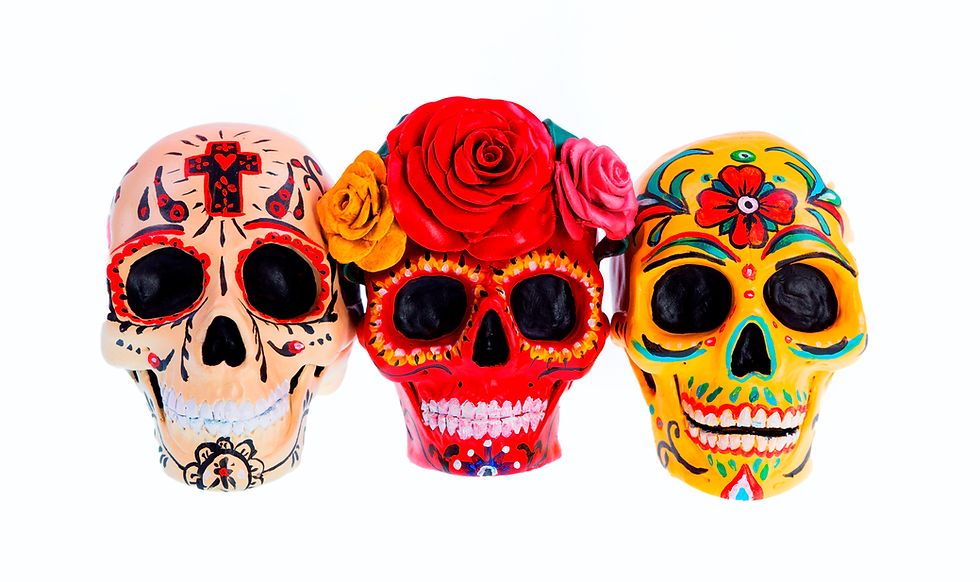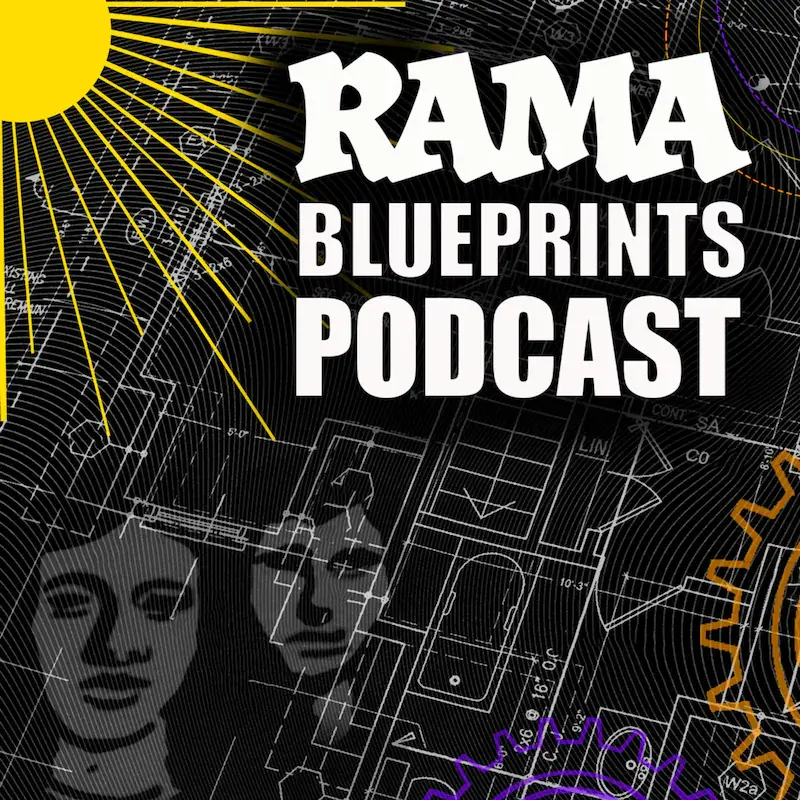How Latinx Cultures Celebrate Halloween, All Saints Day, and Día de Los Muertos.
- Eduardo Morales, PhD.

- Oct 14, 2022
- 3 min read
Updated: Nov 1, 2022
By Eduardo Morales, Ph.D.
The word Halloween originated from the phrase “All Hallows’ Eve” and dates back to the ancient times after the Romans conquered the Celts. In the festival of the Samhain, people would light bonfires and wear costumes to ward off ghosts. Then the Catholic Church through Pope Gregory II began to recognize November 1 as All Saints Day while incorporating some of the traditions of Samhain. The evening before All Saints Day was known as All Hallows Eve which was then termed Halloween. The three consecutive days appear to represent the fine line between the living and the dead for most Latinx cultures. How these days are celebrated throughout Latin America differs by country. Countries like Argentina, Bolivia, Chile, Colombia, Mexico, Panama, and Peru celebrate Halloween in a similar fashion as in North America. Although the traditions vary, the idea is that Halloween is in preparation for honoring all of the saints by letting go of spirits or ghosts that may interfere with honoring all the saints on November 1. Most cities throughout Latin America have a unique patron saint and they celebrate it with Fiestas Patronales or fiesta of their patron saint. However, All Saints Day on November 1 is the day to honor all saints collectively. Each saint represents certain specific virtues and the honoring all the saints on November 1 attempts to incorporate the positive virtues these saints represent.

November 2 is considered by the Catholic Church as All Souls Day to honor all of the persons that have transitioned into another life. Remembering and honoring those who have died is the idea of All Souls Day by the Catholic Church. Given many Latin American countries are Christian including Catholics, they follow the traditions led by the Catholic Church that bring people together to remember those who have touched their lives. Día de Los Muertos translated to mean Day of the Dead dates back to the Aztec festivals. This term is commonly used by Mexicans for honoring those who have passed with brightly colored skulls, vibrant costumes, and music. The use of skulls with various colors appears to remind them of the fine line between life and death while seeing death as a transition into another life. Families in Mexico construct altars to the dead in their homes or in common places of gathering to honor deceased relatives and decorate the altars with items that represent what they most remember about their deceased relatives and friends.
In Peru people celebrate the “Día de la Cancion Criolla” translated to mean the Day of the Creole Song on the same day as Halloween. Peruvians tend to attach great importance to their traditions and culture that includes music. Creolean music is a combination of African, Spanish and Indigenous influences including the Marinera Dance which is said to be the national dance of Peru. Those in Columbia use this time to honor those who have passed as angels who bring blessings to the family. Their traditions may include children earning a little extra money by singing “Tintililillo” signifying five pesos for my pocket. This tradition practices values as coexistence, solidarity, and a sense of belonging which are important values for children to learn.
All in all, most Latin American cultures honor these days in unique ways all in remembrance of those who have passed in a more joyous manner rather than a sad event. This is a time to gather with friends and family to honor those who have passed that has roots in their Indigenous cultures and traditions.
The city of San Francisco has its own traditions for these days. AGUILAS will be celebrating their Halloween Fiesta on Thursday October 27 at the SF LGBT Center from 6:00PM to 8:30PM. The Marigold Project produces the Día de Los Muertos with a festival of altars on November 2 at 5:00PM that can be watched on their You Tube Channel as well as Facebook. The Annual San Francisco Day of the Dead Procession tends to take place on November 2 and is a project of El Colectivo del Rescate Cultural founded by Juan Pablo Gutiérrez who passed away on December 26. SOMArts merges traditional altars with contemporary installations, is a multigenerational gathering of remembrance while asserting the role of art as a platform for collective action. It was founded by curator Rio Yañez with co-curator Anaís Azul. The De Young Museum is scheduled to celebrate Día de Los Muertos on October 29 from 12:00PM to 2:00PM with performances by Cuicacalli in Wilsey Court.





Comments